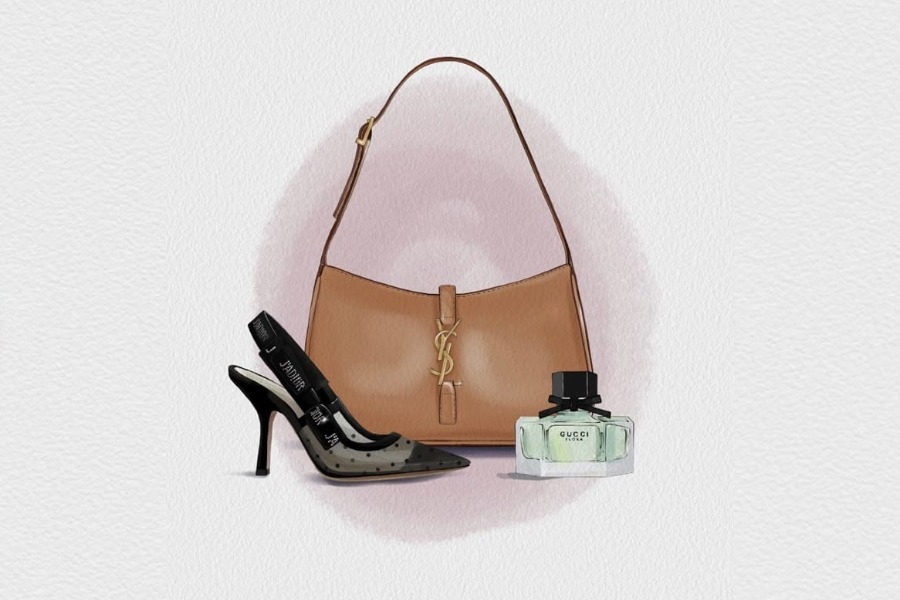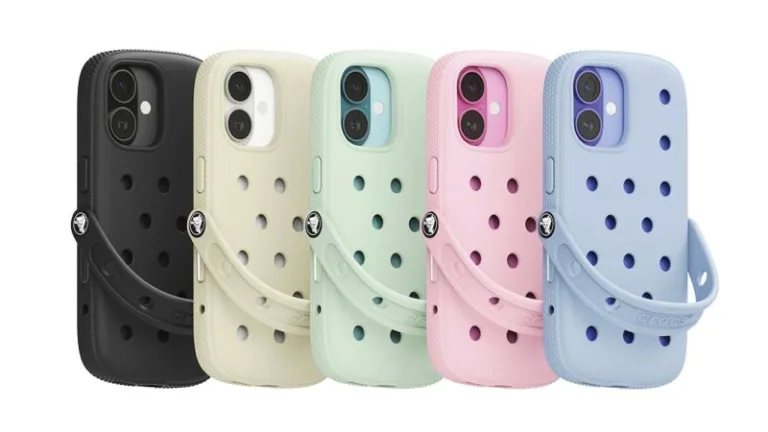Discount fake luxury promises high-end style for less, but is this smart shopping or a shortcut to imitating without creativity?
Fez– In a world where fast fashion reigns supreme and the desire for luxury is ever-present, luxury dupes have become the holy grail for many. It’s a strategy that has people asking, “Why spend thousands when you can snag the look for a fraction of the price?”
But, while the allure of a discounted designer look is tempting, the line between smart shopping and copycat culture blurs more with every swipe of a credit card.
Luxury dupes have infiltrated our online shopping carts, with influencers and TikTokers enthusiastically touting their finds.
We’re talking about bags that resemble those coveted designer pieces, shoes that mimic iconic styles, and clothing that channels haute couture for a fraction of the price.
Dupes aren’t new, but social media’s role in amplifying them has turned what used to be a niche into a booming economy. The question, however, is whether this trend represents a savvy consumer move or simply a symptom of a copycat culture.
On one hand, dupes are undeniably practical. For those who can’t afford the high price tags attached to designer goods, they offer a pathway to achieving a similar aesthetic without breaking the bank.
It’s the epitome of value shopping; accessibility without compromising on style. But, as much as we celebrate the cost-saving benefits, there’s an uncomfortable truth lurking beneath the surface: are we truly getting what we paid for?
Luxury items, with their exorbitant prices, are often crafted from superior materials, and designed with craftsmanship that goes beyond mere appearance.
A dupe, while visually similar, often falls short in quality, durability, and longevity. The allure of saving money becomes a gamble when your “affordable” piece falls apart after a season.
Is it really worth it to buy five dupes in a year when one designer piece might last a lifetime?
The ethical question surrounding dupes is not as black and white as we might think. On one hand, imitation is the sincerest form of flattery, but on the other, it raises concerns about intellectual property and fair business practices.
The fashion industry has long struggled with the issue of design theft, where knockoffs steal from the very designers who’ve built their careers on innovation and creativity.
Furthermore, there’s a deeper conversation about what this trend says about our collective values. When the focus shifts to simply mimicking the look of luxury without understanding the art behind it, are we devaluing the creativity that drives the fashion world? Dupes might bring the masses closer to high-end style, but at what cost to innovation?
At its core, the debate about luxury dupes isn’t just about price, it’s about culture. Dupes represent a growing culture of instant gratification, where access to the “elite” is democratized, but perhaps at the expense of appreciating craftsmanship, creativity, and the story behind a piece.
Luxury is more than just a logo or a label; it’s about the artistry, history, and passion that go into every creation.
By reducing these pieces to mere imitations, we risk forgetting that fashion isn’t just about a look, it’s about an ethos.
So, is buying a luxury dupe smart shopping, or is it a sign of a copycat culture that values appearance over substance?
The answer may lie somewhere in between. Smart shopping can still honor the artistry behind true luxury while embracing accessible alternatives.
But maybe, the real smart move is to buy less — but buy better — embracing quality, authenticity, and design over the allure of a cheap imitation.
Read also: TikTok Trends vs. Personal Style: Who’s Really in Control?
















